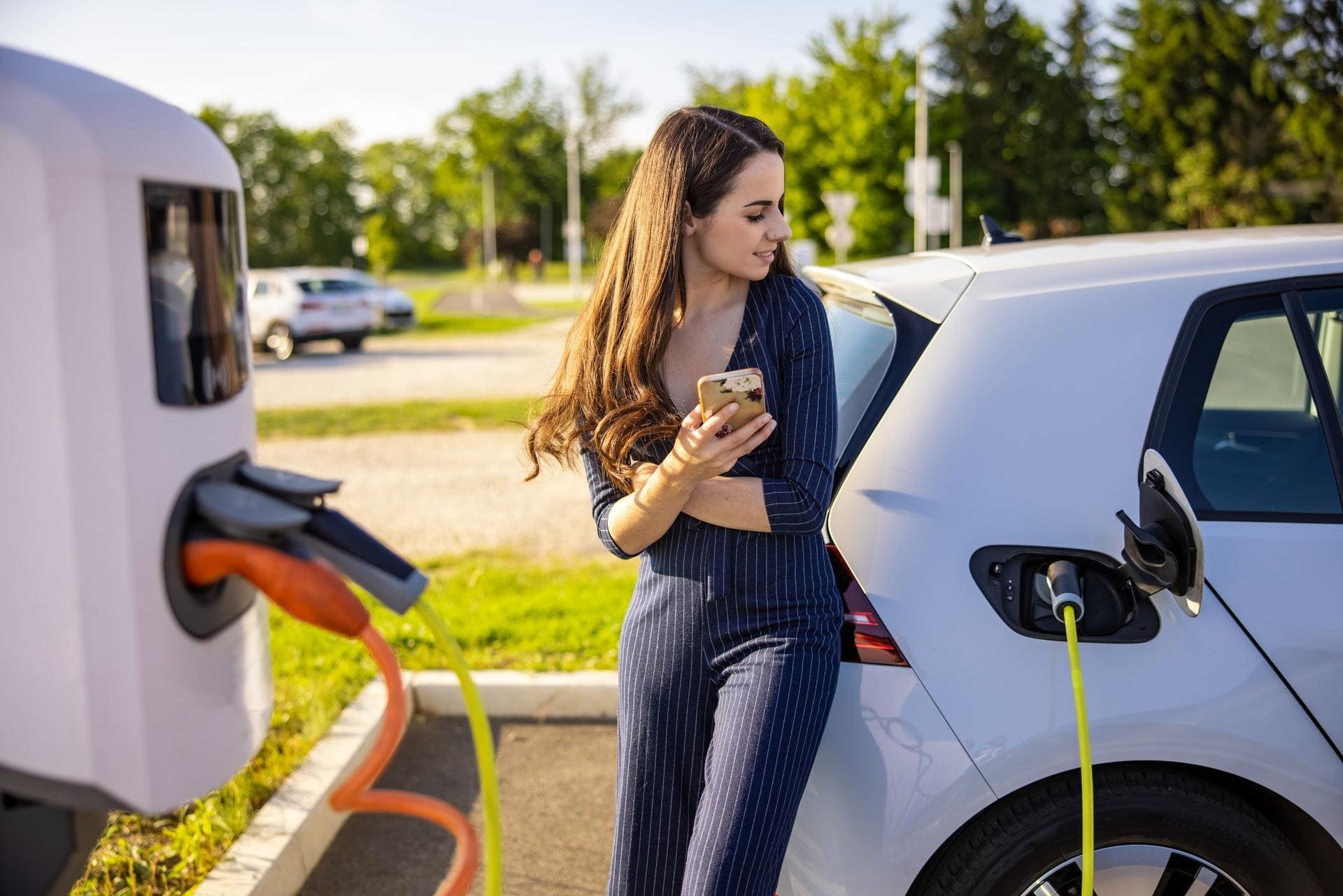Four facts & fables about electric driving

More and more people are driving electric, and this number is rising rapidly in the Netherlands. Of the new cars bought by individuals last year, 26 percent were fully electric, up from 11 percent in 2021. Not surprisingly, more and more people are opting for an EV, as from 2030 only new cars with an electric motor will be sold in the Netherlands. Despite the fact that we are increasingly opting for electric transport, there are still many questions about both its use and consumption. Therefore, Bas Bullens, e-mobility expert at DKV Mobility, shares four facts and fables about electric driving in 2023.
1. "Charging at home is always more economical"
Myth - charging at public charging stations is now often a lot cheaper than charging at home. Previously, charging at home was indeed more advantageous because you only paid the rate of your energy contract. Since the introduction of higher electricity prices and variable contracts, this is no longer the case. You would think that the energy plan ceiling makes home charging more advantageous, but this is a misconception. The energy cap means you pay less for electricity up to 2,900 kWh, but with an electric car you quickly exceed that limit. Consequently, a quarter of Dutch EV drivers with a more expensive energy contract also choose to charge their car at a public charging station. It's all about finding the right balance between convenience (charging at home) and cost (charging on the road).
2. “Fast charging destroys the battery”
Fact - in the long run, it makes sense not to charge at fast-charging stations too often. Sure, it's convenient for "the last mile," or if you're in a hurry, but for the battery's shelf life, fast charging is not as good. The battery will not break down immediately, but it will wear out faster than normal charging. This is because the temperature increases because the battery is charged under high voltage. Research shows that EVs only charged at home performed about ten percent better after four years than batteries primarily charged at a fast charger. So, it is important to remember that fast charging over a long period of time can shorten battery life. That doesn't mean you can never connect your car to a fast charger, but try to alternate it with normal charging.

Bas Bullens, e-Mobility expert at DKV Mobility
3. "My EV is a home battery"
Fact - if your EV is supported with Vehicle-To-Home (V2H), it is possible to use an EV as a home battery. V2H means charging in two "directions", where you can both charge the car and feed the stored power back to your home. Ideally, this is done during peak hours: hours when households and businesses use a lot of energy (between 7 a.m. and 11 p.m.). For example, you can charge the EV during off-peak hours at a lower rate and feed it back during peak hours, when you are doing laundry and turning on the dishwasher.
More and more car manufacturers (such as Renault and Volkswagen) are building the ability to charge two ways into their EVs. This will eventually become the standard.
4. "EVs catch fire more often than combustion engine cars"
Myth - you may see it more often in the news, EV car fires, but that does not mean they are more common than other car fires. EVs are relatively new and are therefore under a magnifying glass in the media. But did you know that the fire hazard of a combustion engine is much greater? Moreover, in a collision with an electric car, the front of the car often crumples like an accordion because there is no engine at the front. Because there is no collision with the engine, there is also less chance of an explosion. In a fuel car, you collide with the engine, so to speak, so the impact is much greater. Electric driving is (fire) safer than "old-fashioned" driving.
Despite the increasing number of EVs, many misconceptions still exist. It is therefore important to read up on them for optimal use. Have I dispelled some myths about electric driving?
